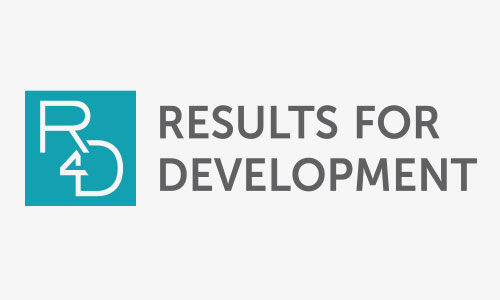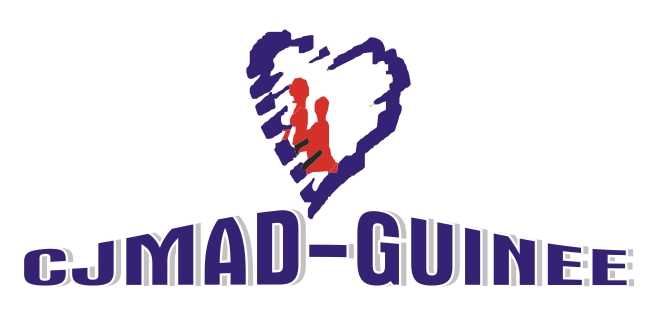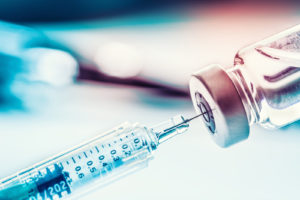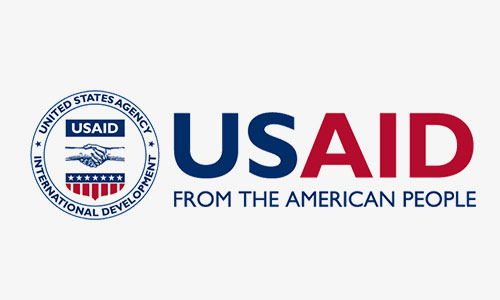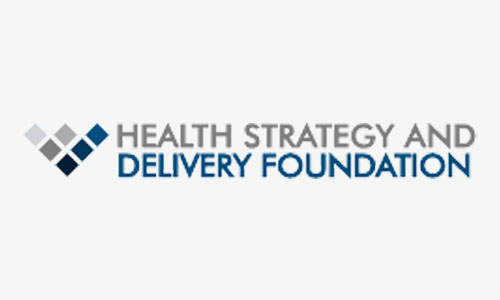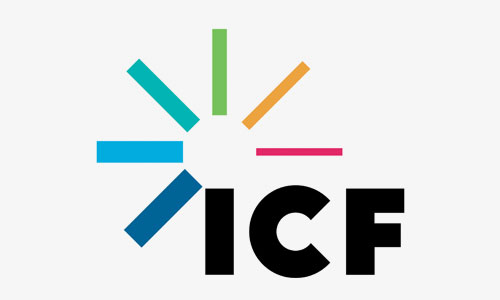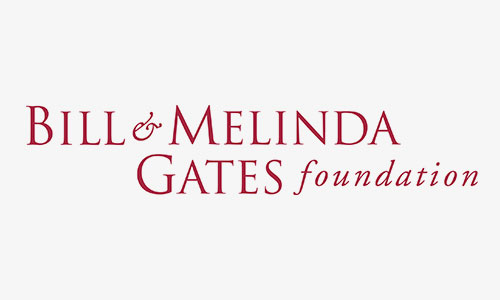Improving Routine Immunization Coverage and Equity Through Financial System Strengthening and Integration
The Challenge
Despite concerted efforts to enhance vaccination rates in Guinea following the Ebola crisis, progress has been frustratingly slow. From 2012 to 2018, the proportion of fully-immunized children tragically fell from 37% to 24%, and the number of unvaccinated children doubled from 11% to 22%. Similarly, in Togo, immunization coverage significantly drops after the first year of life, with only 49% of children aged 12-23 months fully immunized, and a mere 67% receiving the second dose of the measles vaccine. These alarming statistics result from complex challenges, including chronic funding shortages, operational bottlenecks, supply chain issues, and significant barriers such as poverty and distance to healthcare facilities. Moreover, the onslaught of the COVID-19 pandemic has only exacerbated these issues, redirecting crucial financial and human resources away from routine immunization efforts toward pandemic containment. This situation underscores the urgent need for a revamped, resilient approach to healthcare delivery in these regions, aiming to overcome systemic barriers and improve the health outcomes of the most vulnerable.
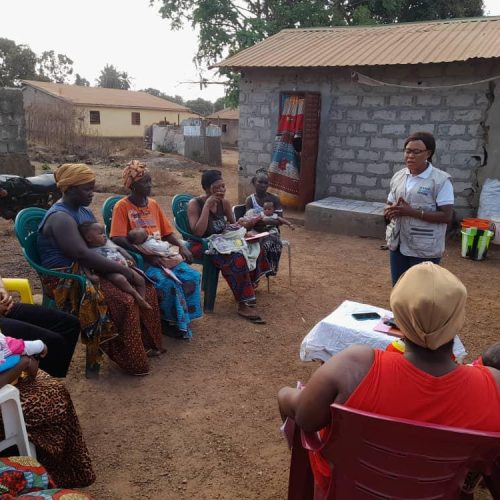
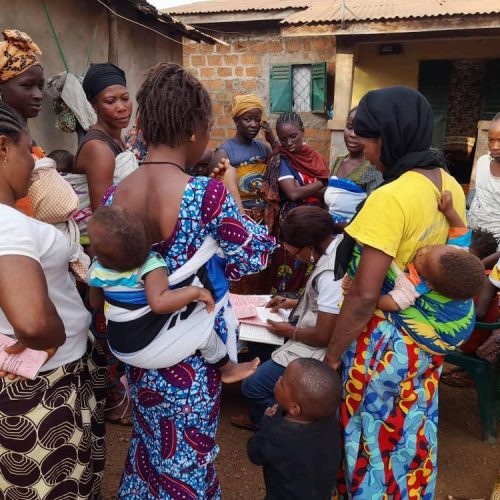
The Opportunity
The Accelerator is seizing the opportunity to transform immunization coverage in Guinea and Togo, harnessing the power of ongoing initiatives aligned with WHO’s Immunization Agenda 2030 and Gavi’s strategic vision through 2025. In Guinea, the focus is on integrating immunization services into the National Community Health Policy, tackling key issues such as funding deficiencies and resource allocation to maximize the impact of community health workers. This initiative aims to ensure that all children have equal access to life-saving vaccines. In Togo, the efforts are intertwined with the Universal Health Coverage strategy, emphasizing the procurement of essential resources to ensure comprehensive immunization coverage throughout a person’s life, focusing on fairness and equality. These strategic moves are designed to overcome deep-rooted challenges and to build a healthier future for the next generation in both nations.
Our Work
In partnership with the Ministries of Health in Guinea and Togo, the Accelerator is identifying and dismantling the systemic barriers that hinder vaccine access. This collaborative venture will leverage the Results for Development’s deep expertise in strengthening health systems and financing health, tailoring cutting-edge tools and resources to Guinea and Togo’s unique challenges and contexts. Together, they will craft and execute strategic plans to enhance immunization coverage effectively. As this vital work unfolds, the Accelerator remains dedicated to sharing its breakthroughs and insights globally, ensuring that the lessons learned in Guinea and Togo can illuminate paths for other regions grappling with similar health challenges. This initiative promises to bolster health security within these countries and contribute significantly to global health resilience.
News & Resources
Virtual Dialogue on Community Health and Immunization Integration Provides Key Insights for Togo and Guinea
Authors: Isabeaux Kennedy Mitton, Lior Miller, Leah Ewald, Maria Francisco,...
Read MorePoints à retenir du dialogue virtuel de l’Accélérateur entre le Togo et la Guinée sur la santé communautaire et l’intégration de la vaccination
Auteurs: Isabeaux Kennedy Mitton, Lior Miller, Leah Ewald, Maria Francisco,...
Read MoreProcurement, stocking, and distribution: What lessons can we learn from national strategies for equitable distribution of COVID-19 vaccine?
Equitable processes for distributing vaccine stocks are perhaps the best...
Read More